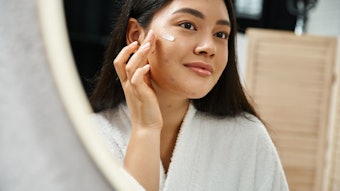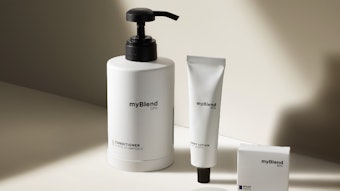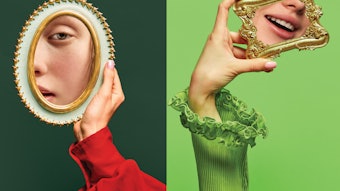Facial hair—it was iconic in the '70s (mustaches), irresistible in the '80s (the 5 o’clock shadow) and cultivated in the '90s (goatee). Today, new consumer research from Mintel on facial hair reveals that the appeal of the stubble continues, with almost half (48%) of Britain’s young men (those between 25 and 34) unable to resist the lure of facial hair.
Indeed, more than six in 10 (63%) of these younger men believe that it is not necessary to be clean-shaven to look well-groomed. What is more, greater than four in 10 (42%) admit that they don’t like shaving and that they put it off for as long as possible.
However, it appears that the love toward one’s own facial hair differs by age as just two in 10 (23%) more mature men (between 55 and 64) claim they don’t like shaving. Furthermore, only a third (30%) of them (55 to 64) like to grow a beard or mustache and almost five in 10 (49%) think that it is not necessary to be clean-shaven to look well groomed.
Vivienne Rudd, head of beauty and personal care insights at Mintel, said, “When it comes to shaving, there is a distinct generational divide between the young and the old, with younger Brits adopting a more relaxed attitude toward shaving compared to the older, more traditional approach, and to shave everyday is no longer seen as essential to look well groomed. Moreover, one of the reasons why younger men are unwilling to shave may be razor burns due to their more sensitive skin.”
Indeed, post-shave skin irritation seems to be a common complaint for younger men, with half (50%) of those 25 to 34 complaining about it, as opposed to only three in 10 (27%) of their older (55 to 64) counterparts.
And it appears that the poor economic climate and fierce price competition, combined with changing male attitudes towards facial grooming, have slowed down the market of razors, blades and shaving preparations, which is now estimated at £330 million, down from £333 million in 2010.
Within the shaving market, razors and blades are the biggest sub-sector as they are part of the essential grooming routine but have nonetheless remained rather flat in terms of value sales, from £257 million in 2010 up to £258 million in 2011. Sales of shaving preparations have also experienced a 5% decline from £76 million in 2010 to £72 million in 2011, primarily as a consequence of price promotions.
“One of the reasons the sector is experiencing a decline in frequency and volume of usage is that younger men, particularly those under the age of 34, are increasingly likely to shave no more than twice a week. On the other hand, older men prefer to be clean shaven, often motivated by a desire to look younger and more professional for jobs that may be more traditional in nature.” Rudd added.
When it comes to trying new shaving products, it seems that British men want to play it safe, with half (49%) of them expressing an interest in trying new shaving products if they were offered a free sample. With Christmas around the corner, gifting remains a lucrative market, with around 47% of men using shaving products received as a gift. The importance of a partner in the shaving process is illustrated by the three in 10 (27%) men who seek advice from their spouses or partners, and around the same number (22%) who look for recommendations from friends, co-workers or other acquaintances.
And it seems that frugal times will continue for the shaving market. Nearly four in 10 (37%) men admit to using as few grooming products as possible to save money, and they are most likely to purchase their shaving products from supermarkets (66%) as opposed to chemists, pharmacies or other drugstores (38%).
“With the recent recession, consumers are increasingly searching for bargains. The large grocery retailers offer price discounts on branded male grooming products, and consumers who shop for their grooming products in these stores often do so because of the convenience factor, incorporating their grooming purchases into their regular grocery shopping. These consumers are therefore less likely to stop and browse, or to pay attention to product claims or benefits. They are more likely to purchase products which offer multiple uses or time-saving features.” Rudd concluded.










